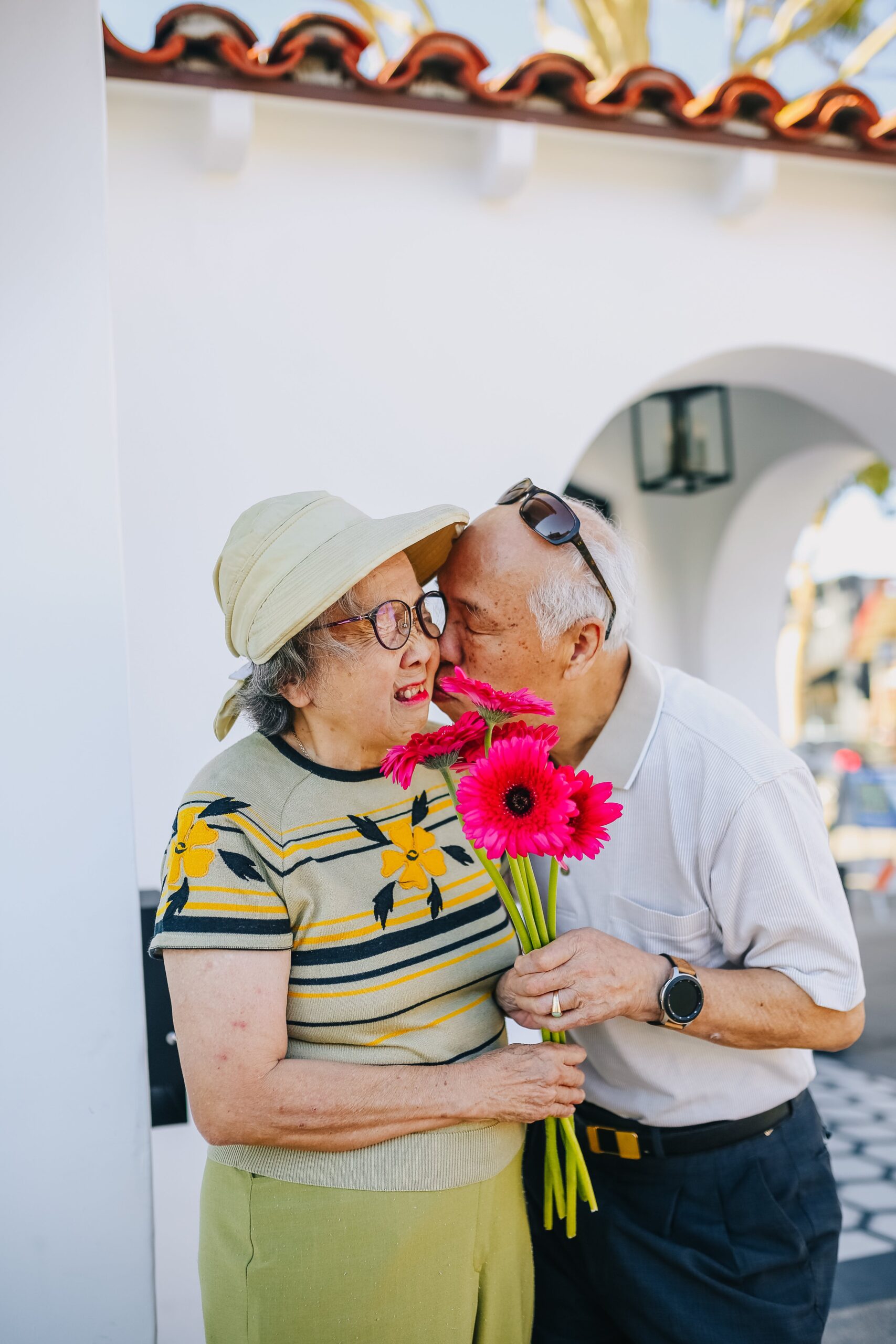As individuals age, the risk of falls becomes crucial, affecting physical health and general well-being. Falls among older individuals can cause extreme effects, from fractures to decreased freedom. However, by embracing a holistic strategy and executing proactive techniques, we can significantly lower the chance of falls in elderly residents. This comprehensive guide will delve into different systems and preventative actions to promote a more unassailable and healthier lifestyle for elders.
Safe Haven at Home: The Importance of Home Modifications
Adjusting to the home background is vital in lowering fall risks among older people. Simple conversions can significantly improve safety. Installing grab bars in bathrooms, securing rugs, guaranteeing proper lighting and minimizing clutter are crucial adjustments. Staircases should have bars and living spaces should be organized to adjust to the changing needs of seniors, promoting freedom and lowering the probability of falls.
Besides, incorporating supportive furniture like Vela chairs can improve safety and stability. Vela chairs supply a safe and restful seating option, often created with sturdy armrests and non-slip textiles. The living area is customized to satisfy the exceptional needs of older people through these alterations, which also dramatically ensures elderly fall prevention and promotes independence.
The Cornerstone: Regular Exercise for Strength and Balance
Regular exercise stands as the cornerstone in controlling falls among older people, promoting both stability and balance. Walking, swimming and strength training exercises are paramount for preserving muscle strength and flexibility. Using supportive chairs is worthwhile for added support during exercise and daily movements. These chairs provide a long-lasting, comfortable seating alternative, allowing seniors to exercise regularly without compromising safety. The mixture of tailored exercise routines and validating furnishings considerably improves overall strength and balance, lowering the threat of falls.
Medication Management: Creating Awareness and Understanding
Particular medications may contribute to an increased chance of falls in the elderly. Frequent medication reviews with healthcare providers are vital for creating awareness and comprehending possible side effects. Adjustments in dosage or differences to alternative medicines with lower fall risk profiles may be advised. Frequent assessments of prescription plans, mainly when presenting new prescriptions, are vital for upholding the health and well-being of the elderly population.
Clear Vision for Safe Navigation: Eye Care and Fall Prevention
Maintaining a clear vision is crucial for preventing falls among older people. Age-related differences in vision significantly affect balance and spatial attention, leading to a raised danger of falls. Frequent eye check-ups and corrective measures, such as updating eyeglass prescriptions, are essential to fall prevention. Handling vision impairments promptly guarantees seniors can navigate their surroundings trustfully and lowers the likelihood of stumbling or misjudging distances.
Nourishing Bone Health: The Role of Nutrition in Fall Prevention
Maintaining optimal bone health is crucial in controlling fractures resulting from falls. Sufficient calcium and vitamin D intake contributes to bone strength. A well-balanced diet incorporating dairy products, leafy greens and fortified foods is vital for older adults. Besides, protein-rich foods support muscle health, lowering the risk of falls. Nutritional interventions play a critical role in overall fall deterrence strategies.
Solid Foundation: Footwear Considerations for Seniors
The choice of footwear can significantly affect resilience and balance for seniors. Encouraging them to wear sturdy, supportive shoes with non-slip soles improves their ability to navigate various surfaces safely. Regularly checking and replacing worn-out footwear is essential. Bypassing high heels and opting for shoes with reasonable arch aid and a snug fit also contribute to falling deterrence measures.
Stay Connected: Social Engagement and Emotional Support
Maintaining social connections and a support system is crucial for fall prevention among elders. Isolation can lead to a decrease in physical activity and overall well-being. Frequent dealings with friends, family or community groups supply emotional support and motivation to remain active. Social engagement promotes a feeling of belonging, positively affecting mental health and resilience against falls.
Regular Health Assessments: Proactive Care for Seniors
Regular health assessments, including evaluations of balance and mobility, are necessary for proactive fall prevention in seniors. Healthcare professionals can pinpoint possible risk elements and tailor interventions accordingly. Besides, addressing underlying health conditions promptly donates to overall well-being, lowering the chance of falls associated with medical problems.
Conclusion
Preventing falls in older people needs a holistic and multifaceted process that addresses various elements of health, lifestyle and surroundings. Regular exercise, home modifications, medication management and vision care are integral in reducing fall risks. Moreover, nutrition, appropriate footwear, social engagement and proactive healthcare assessments help prevent elders from falling over.
By implementing these strategies, caregivers, healthcare professionals and seniors can work jointly to create a secure and safer living environment. Prioritizing fall prevention protects physical health and donates to the overall well-being and quality of life of our elderly population. With the right combination of techniques and a dedication to proactive care, we can assign seniors to age gracefully, keep their freedom and enjoy a fulfilling and active lifestyle.

